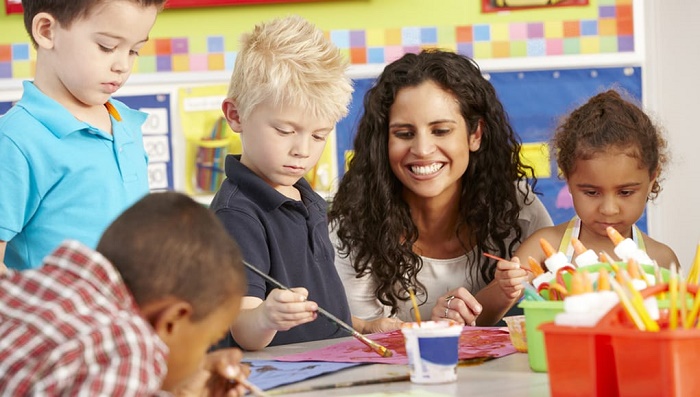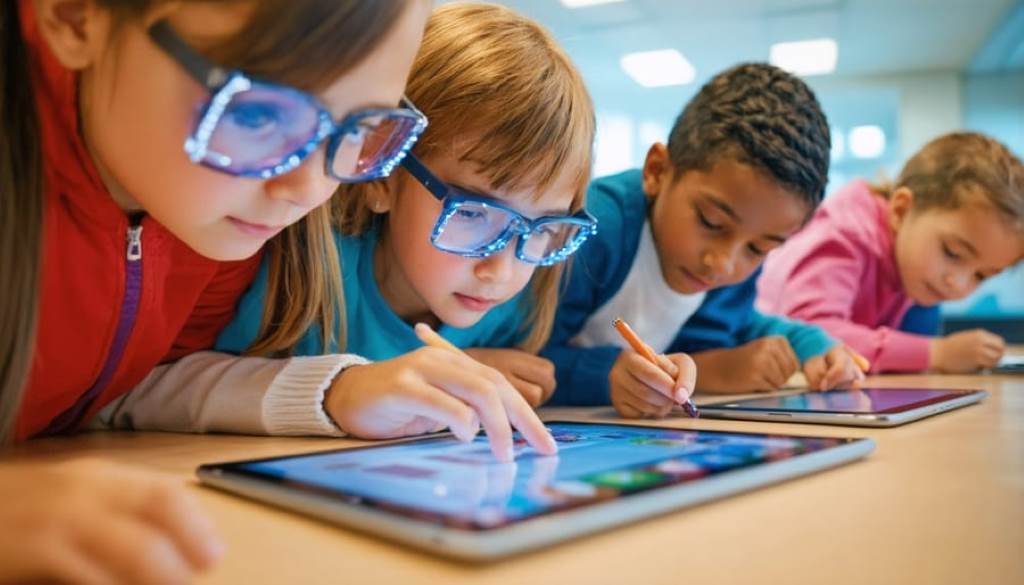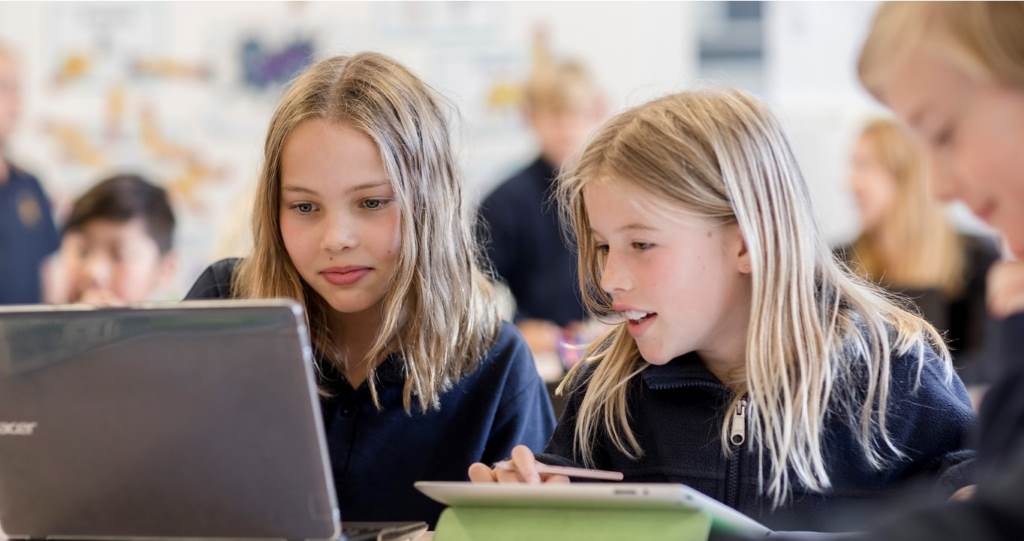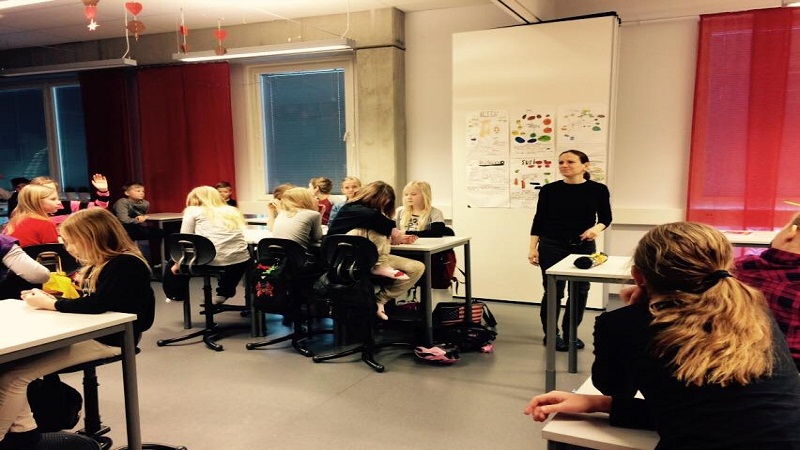The revolution in the educational model is one of the main characteristics of the Innovation Society. In this era of the technological explosion that accelerates the change to exponential levels. The training in schools can no longer revolve around the old model of the classroom as a transmitter of content. It is a content that students can already access from any device and at any moment. This probably better explained than the teacher they have in the classroom. Let’s discover how to promote creativity in the classroom.
How to promote creativity in the classroom?
Schools face a few challenges that are forcing to change the way they offer their educational services. Among them:
- Approximately 2/3 of the students declare to learn more outside than in the classroom.
- 2/3 of today’s students will work in jobs that don’t exist today.
- 80% of future jobs will require technological knowledge.

In reality, the world needs people capable of using the raw material that knowledge represents, of creating new solutions to the great challenges we will face. The curriculum and the way to test the student that most of the schools and universities of today pose for us is not yet going in this direction. Although since implementing Organic Law 2/2006 on Education (LOE) a great advance was incorporated, education focused on competencies, most teachers have not incorporated it until recently. But even worse This is to analyze the basic elementary and secondary competencies:
- Communicative or linguistic competence.
- The logical and mathematical competence.
- Competition of knowledge and interaction with the physical world.
- The artistic and cultural competence.
- Social and civic competence.
- The competence of personal autonomy.
- Digital competence.
- The competence of learning to learn.
You may like also: Cultural mediation
As you can see, no competition directly associated with creativity. Singularly in the professional training curricula, there are competencies called transversals directly related to creativity. It does not appear in all the titles, only in those in which the title writing team considered it appropriate.
Luckily, it is not very difficult to make small changes, from the teacher, to encourage creativity in the classroom by associating it with any of the competencies that the curricula ask to develop.
How to encourage creativity in the classroom in 6 steps?
In this new era, the key is no longer knowledge. We live in a time when “we all” have access to knowledge. It is almost a commodity. The key is what we do with knowledge.

Therefore, I believe that, in the creative school, creativity in students will be promoted by following the following 6 steps:
- Knowledge is accessed inside or outside the classroom, but at the rate that each student needs to be based on their abilities. In the classroom, at most, you can make sure that students are being trained.
- Inspire and involve, making the work to be done by the students during the course something with a “meaning,” with a purpose of external transformation, not selfish.
- To allocate the classroom, or the meeting of the students among them and with the teaching staff, to develop and create creative solutions to real situations and challenges in a collaborative way.
- Ask students more than one solution.
- Recognize student effort, not the result. Because in the Innovation Society, there is no single valid answer. Remember that most ideas never succeed, and those that do, do so for a short period.
- In a transversal way, it integrates art into education as a platform to foster creativity, since art encourages risk-taking, as well as stress management. Above all, it helps us visualize possible futures.
We need students to be, rather than tourists of the imagination of others, authors of their imagination, capable of incorporating the values and attitudes related to risk-taking, stress management, the creation of new ideas, to prepare them for the era of exponential change. Creativity in school is today more than ever, a strategic country priority.







